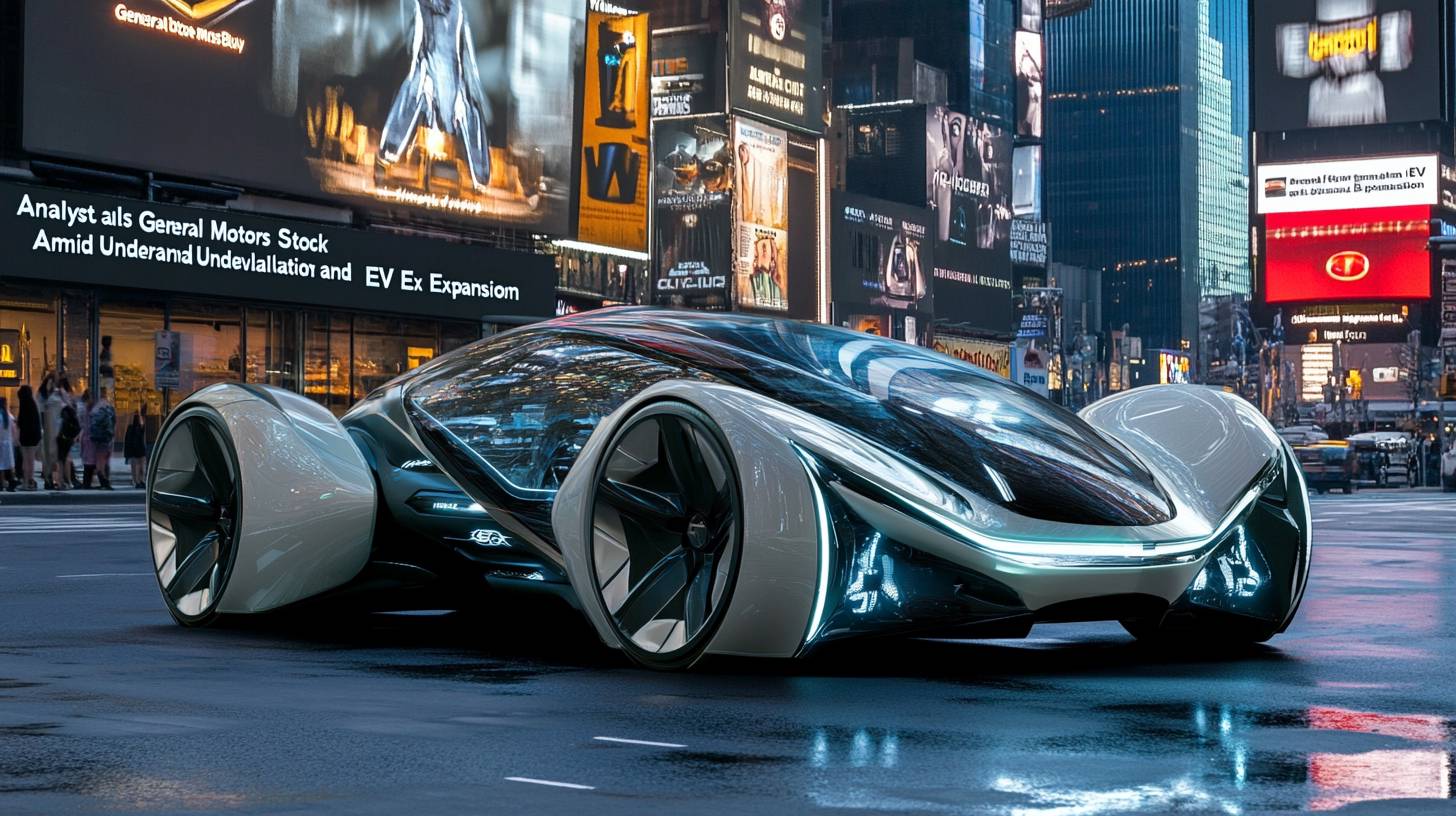
gm’s strategic utilization of stock repurchases
One of the more fascinating tactics that General Motors (GM) has adopted to strengthen its market standing is its strategic utilization of stock repurchases. Although this strategy often incites discussion, particularly with labor unions and market regulators, it has demonstrated effectiveness in enhancing shareholder value. In the Australian business landscape, where firms are under increasing scrutiny regarding their capital allocation choices, GM’s strategy serves as an intriguing case study.
Experienced analyst Brad Ginesin has noted that GM’s leadership has embraced a “balanced strategy” regarding stock repurchases, judiciously designating a considerable portion of the company’s cash flow for share buybacks. This action has yielded a measurable impact on GM’s earnings per share (EPS), which rose by 60% in an impressive quarter reported in late July. The repurchases have proven beneficial, decreasing the share count by 17%, from 1.37 billion to 1.12 billion within the last year.
For Australian investors, the consequences are unmistakable: GM’s prudent strategy on buybacks has not just boosted its EPS but also positioned the firm as a probable standout in a competitive international market. While buybacks are not GM’s foremost focus, Ginesin indicates that if the company’s stock price continues to lag relative to its operational performance, GM might maintain one of the highest proportions of share buybacks among companies in the S&P 500. This could serve as a crucial example for Australian enterprises eager to maximise shareholder returns in a tough economic climate.
cruise’s ambitions in autonomous vehicles
GM’s autonomous vehicle division, Cruise, stands as a significant yet frequently overlooked asset within the automaker’s larger portfolio. Although the Australian market has been more gradual in adopting autonomous driving technology than the United States, the prospective impacts for the future of urban transport are substantial. Cruise’s developments may act as a forerunner for similar advancements in Australia, particularly as cities like Sydney and Melbourne contend with congestion and the necessity for more sustainable transport options.
Brad Ginesin, a knowledgeable analyst, has characterized Cruise as a “moonshot opportunity with negligible valuation,” a sentiment that resonates with the broader investment community. In contrast to Tesla, whose market valuation is significantly driven by its autonomous vehicle and AI efforts, GM’s Cruise has somewhat remained out of the limelight. However, this situation could shift quickly, especially considering Cruise’s strategic collaborations with major entities such as Walmart, Honda, and most recently, Uber.
In a move potentially laden with implications, Uber has announced a “multiyear strategic partnership” with Cruise, enabling Uber users to summon rides in Cruise’s autonomous Chevrolet Bolt cars starting in 2025. This partnership not only broadens Cruise’s customer demographic but also places GM as a serious player in the autonomous vehicle arena, a segment anticipated to experience exponential growth in forthcoming years.
For Australian investors, the partnership between Uber and Cruise is especially significant. It highlights the escalating commercial potential of autonomous vehicles, a trend that may ultimately reach Australian markets. As cities around the world increasingly turn to autonomous technology to address urban mobility issues, firms like GM that spearhead such innovations could present compelling investment prospects.
Furthermore, Cruise’s mission to “utilize driverless technology to establish safer streets and transform urban life” aligns seamlessly with the broader global movement towards smart cities and sustainable urban growth. As Australia progresses in its investment in smart city projects, the insights gleaned from Cruise’s operations in the U.S. could offer valuable guidance for local policymakers and businesses alike.
Although GM’s Cruise may not yet be widely recognised in Australia, its advancements in autonomous driving technology could bear significant consequences for the future of urban mobility, both in the United States and potentially in Australia. For investors eager to leverage the next wave of automotive innovation, Cruise presents an optimistic, albeit speculative, opportunity.

